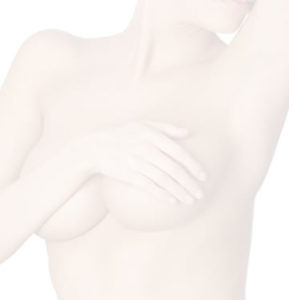Mastopexy and breast implant
Mastopexy associated with breast implants is a technically complex operation. The Author provides some elements of his technique for solving clinical cases of his personal experience
Introduction – In clinical cases with mammary ptosis associated to glandular hypotrophy the problem of surgical choice arises whether using breast implants or not. The advantages of the introduction of the prosthesis are represented not only by the increase in volume and consistency, but also by a smaller amount of skin to be removed and therefore by shorter scars. On the contrary, the disadvantages are directly correlated to breast implants and their possible related complications (capsular contraction, dislocation, ALCL, etc. ..) that should always be taken into consideration. Patients must be adequately informed on the meaning of a “cohabitation” of the implant and be instructed on the need for periodic clinical and instrumental postoperative checks.
Materials and Methods – During the preoperative examination the skin/gland discrepancy is evaluated. In case of severe tissue excess, following breast involution or weight-loss, our conduct is to use breast implant whith a shape and volume compatible with a satisfactory result, but not exessively large because their eight inevitably leads to a rapid recurrence of the mammary ptosis. Based on the cutaneous and glandular trophism, we decide for sub-glandular or sub-muscular pockets. In case of a valid tissue covering, our preference is the subglandular pocket which allows a natural aesthetic result.
In our clinical pratice, mastopexys is performed using dr. Millan’technique, a procedure “à la demand “, which basically consist of : undermining the gland from the prepectoral fascia and skin/gland dissection of a part of the inferior pole, vertical division of the gland in two flaps , reconstruction of the glandular cone by an appropiate rotation of glandular flaps, skin redraping and excision of skin excess, repositioning of the NAC.
Results – The association of using implants during the above described technique for mastopexy is, in our hands, a good solution to correct mild-to-severe hypotrophic ptotic breasts. In this way the shape and size of the breasts are correct and the results are stable over time.
Conclusion – In ptotic breast with mild-to-severe hypomastia and marked skin excess our first choice is mastopexy and implants (subglandular or subpectoral pocket) which increase the volume and firmness of the gland, thus achieving a good upper pole projection and shorter scars. The advantage of this technique is to obtain a valid correction of mammary ptosis with results that last long.
